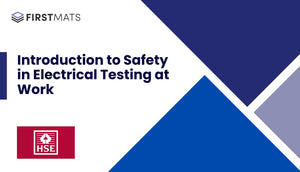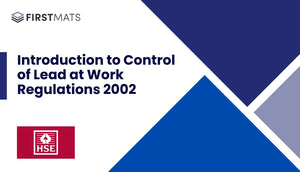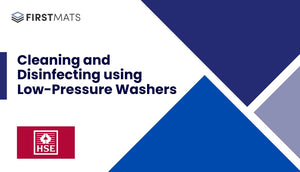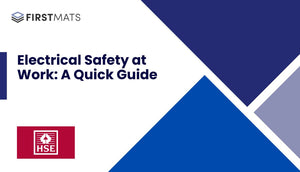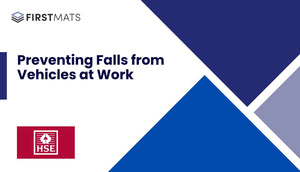Article Index:
Introduction
In this article, we will be summarising the key points from the Health and Safety Executive (HSE) document titled "Hand-arm vibration - A guide for employees". This guide is also known as leaflet INDG296(rev2) and was published in June 2014. The original document is a handy pocket card aimed at individuals who use handheld powered work equipment or workpieces that vibrate while being processed by powered machinery. This includes tools such as pedestal grinders.
Understanding Hand-arm Vibration
Hand-arm vibration is the transmission of vibration into your hands and arms when using vibrating equipment. It can lead to conditions like Hand-arm Vibration Syndrome (HAVS) and Carpal Tunnel Syndrome (CTS).
What is Hand-arm Vibration Syndrome?
HAVS is a condition that:
- Affects the nerves, blood vessels, muscles, and joints of the hand, wrist, and arm
- Can become severely disabling if ignored
- Includes vibration white finger, which can cause severe pain in the affected fingers
What is Carpal Tunnel Syndrome?
Carpal Tunnel Syndrome is a nerve disorder that can cause pain, tingling, numbness, and weakness in parts of the hand. It can be caused by exposure to vibration among other things.
Reducing the Risks
While it's your employer’s responsibility to protect you against HAVS and CTS, you can also help reduce the risks:
- Ask your employer if your job could be done differently without using vibrating tools and machines
- If this isn't possible, request to use suitable low-vibration tools
- Always use the right tool for each job to complete the task more quickly and expose yourself to less hand-arm vibration
- Check tools before using them to ensure they've been properly maintained and repaired
- Reduce the amount of time you use a tool in one go by doing other jobs in between
- Avoid gripping or forcing a tool or workpiece more than necessary
- Store tools so that they do not have very cold handles when next used
- Encourage good blood circulation by keeping warm and dry, reducing or giving up smoking, and massaging and exercising your fingers during work breaks
- Report any problems with your hands promptly to your employer or the person who does your health checks
- Use any control measures your employer has put in place to reduce the risk of HAVS
- Ask your trade union safety representative or employee representative for advice
Conclusion
By understanding what hand-arm vibration is and recognising the risks associated with it, employees can take proactive steps to protect themselves and reduce the risk of developing conditions like HAVS and CTS. Remember, it's not just your employer's responsibility to ensure your safety at work - you can also play a crucial role in maintaining your health.
For more information, you can visit the HSE website or refer to the original guide here.


